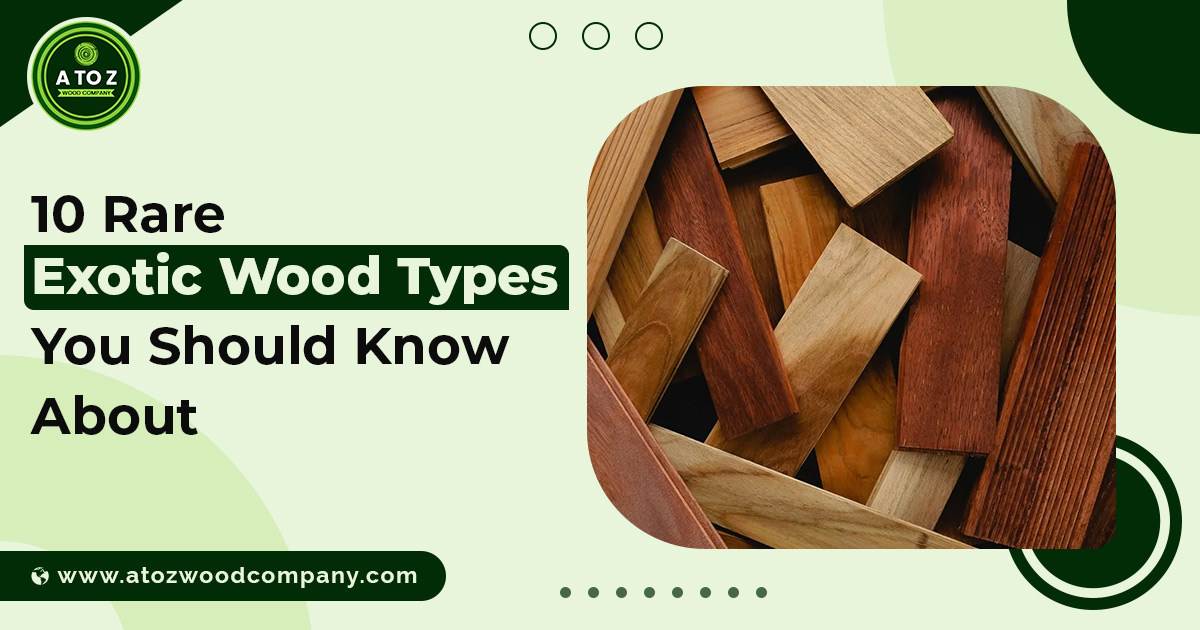Exotic woods have captivated woodworkers, designers, and luxury buyers for centuries. Known for their rare origins, striking grain patterns, and exceptional durability, these premium hardwoods are sourced from tropical and subtropical regions across Africa, Asia, and South America.
Whether you’re a furniture maker, architect, flooring specialist, or collector, understanding the different types of exotic woods — and their unique properties — can help you choose the perfect material for your project.
In this guide, we’ll explore the most sought-after exotic wood species, their characteristics, uses, and market value, along with sustainability considerations.
What Makes a Wood “Exotic”?
In the timber industry, “exotic” refers to wood sourced from non-native, tropical, or subtropical species that aren’t commonly found in your local environment. These woods often have:
- Unique colors and patterns not seen in domestic species.
- High density and durability for long-lasting performance.
- Distinct fragrances or natural oils that enhance their appeal.
- Limited availability, adding to their value.
Most exotic woods come from Africa, South America, and Southeast Asia, but some are plantation-grown in other parts of the world to meet demand sustainably.
Popular Types of Exotic Woods
1. Teak (Tectona grandis)
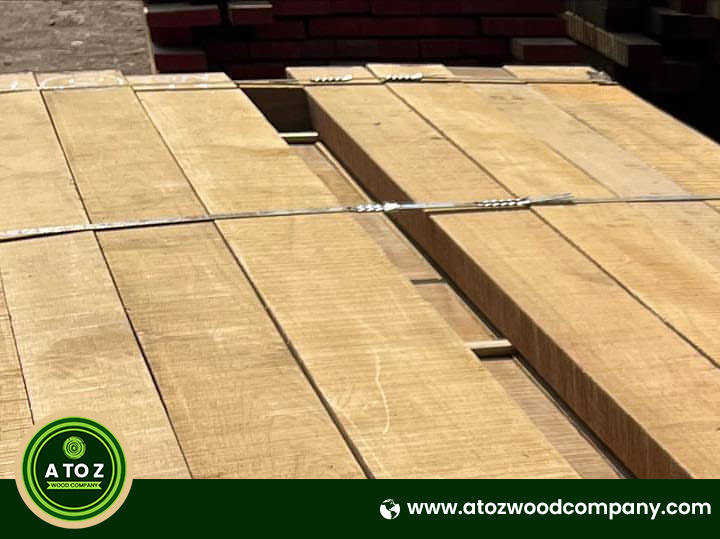
- Origin: Southeast Asia, Africa (plantations)
- Color: Golden brown, darkening with age
- Properties: Extremely durable, naturally oily, weatherproof
- Uses: Luxury furniture, yacht decks, outdoor joinery, flooring
- Price: Premium due to limited supply
Why It’s Exotic: Teak’s natural oil content gives it unmatched resistance to rot and insects, making it the gold standard for outdoor and marine applications.
2. Iroko (Milicia excelsa, Milicia regia)
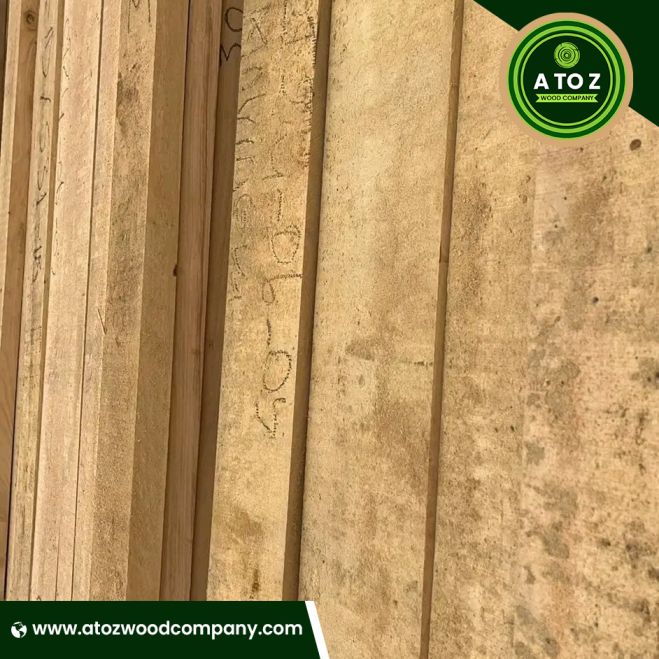
- Origin: West & East Africa
- Color: Golden yellow to medium brown
- Properties: Highly durable, termite-resistant, affordable teak alternative
- Uses: Outdoor furniture, decking, boatbuilding, flooring
- Price: More affordable than teak
Why It’s Exotic: Known as “African Teak,” Iroko offers similar performance to teak at a lower cost, with a warmer grain character.
3. Bubinga (Guibourtia spp.)
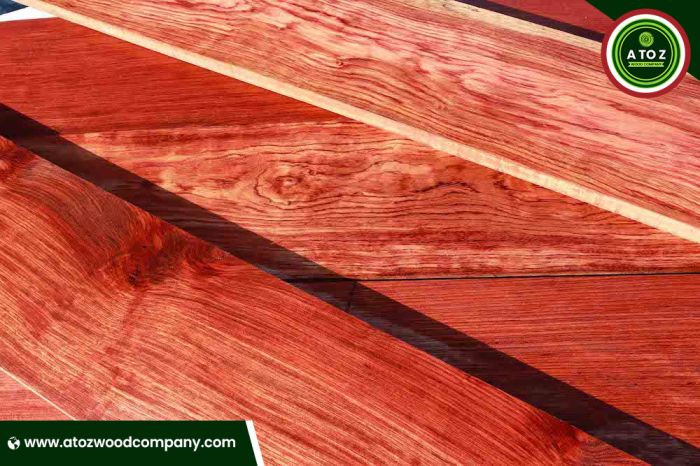
- Origin: Central & West Africa
- Color: Reddish-brown to pinkish-red with darker streaks
- Properties: Dense, strong, often with striking figure patterns (quilted, pommele)
- Uses: Luxury furniture, musical instruments, decorative veneers
Why It’s Exotic: Its curly or figured grain and deep coloration make it a statement wood for high-end designs.
4. Wenge (Millettia laurentii)
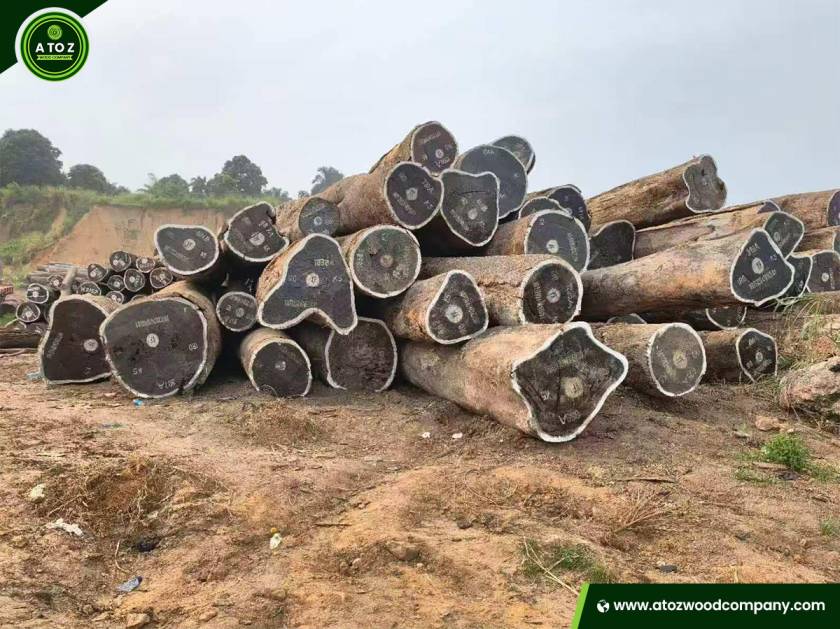
- Origin: Central Africa
- Color: Dark chocolate brown with black streaks
- Properties: Very dense, hard, and rot-resistant
- Uses: Flooring, furniture, musical instruments, paneling
Why It’s Exotic: Wenge’s dark, almost black tone is rare in natural woods, making it popular for contemporary interiors and contrast designs.
5. Rosewood (Dalbergia spp.)
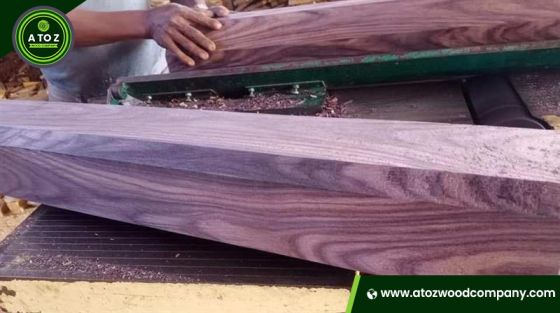
- Origin: Africa, Asia, South America
- Color: Reddish-brown, purple-brown, or dark brown with darker streaks
- Properties: Dense, fragrant, rich tonal quality
- Uses: Musical instruments (guitars, pianos), fine furniture, luxury veneers
Why It’s Exotic: Valued for both its visual appeal and acoustic properties, genuine rosewood is highly regulated due to overharvesting.
6. Zebrawood (Microberlinia brazzavillensis)
- Origin: West Africa
- Color: Light brown or cream with dark brown to black stripes
- Properties: Medium-hard, coarse texture, eye-catching pattern
- Uses: Decorative furniture, paneling, inlays
Why It’s Exotic: Its bold striped pattern resembles a zebra’s coat, making it a favorite for statement pieces.
7. Padauk (Pterocarpus soyauxii)
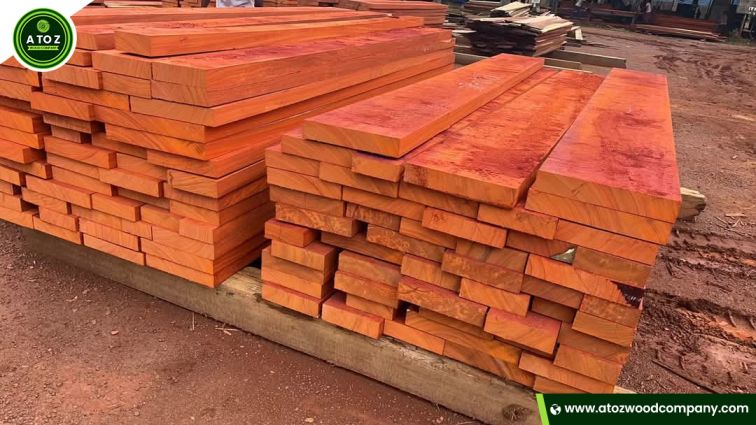
- Origin: Central & West Africa
- Color: Vivid orange-red, darkening to deep reddish-brown
- Properties: Dense, durable, resistant to insects
- Uses: Flooring, furniture, turnery, carvings
Why It’s Exotic: Its vibrant natural color stands out without staining, perfect for eye-catching projects.
8. Purpleheart (Peltogyne spp.)
- Origin: Central & South America
- Color: Vibrant purple, deepening over time
- Properties: Extremely hard, dense, rot-resistant
- Uses: Furniture accents, flooring inlays, decorative work
Why It’s Exotic: Its unique purple hue is natural and unlike any other commercially available hardwood.
9. Mahogany (Khaya spp., Swietenia spp.)
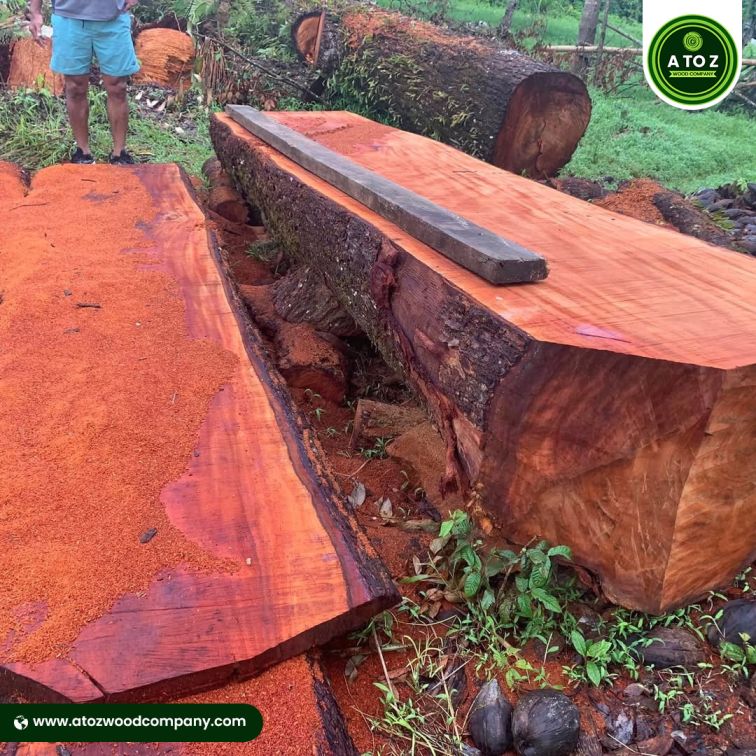
- Origin: Africa, Central & South America
- Color: Reddish-brown, deepening with age
- Properties: Stable, easy to work, moderately durable
- Uses: Furniture, boats, paneling, doors
Why It’s Exotic: Synonymous with luxury furniture and classic interiors.
10. Ebony (Diospyros spp.)
- Origin: Africa, India, Sri Lanka, Southeast Asia
- Color: Deep black, sometimes with dark brown streaks
- Properties: Extremely dense, fine texture, smooth finish
- Uses: Musical instruments (piano keys, guitar fingerboards), luxury carvings, decorative accents
- Price: Among the most expensive hardwoods
Why It’s Exotic: Known for its jet-black appearance and rarity, Ebony is one of the most luxurious and sought-after woods in the world.
Why Exotic Woods Are in High Demand?
- Unique aesthetics – Rare colors and grains elevate design value.
- Superior performance – High density and natural oils extend lifespan.
- Prestige factor – Associated with luxury and exclusivity.
- Investment potential – Certain species appreciate in value due to scarcity.
Where to Buy Different Types of Exotic Woods?
At AtoZ Wood Company, we supply sustainably harvested exotic hardwoods including Teak, Iroko, Bubinga, Wenge, Rosewood, Zebrawood, and more.
We offer:
- Bulk supply for commercial projects
- Custom cuts and kiln drying
- Competitive prices for global buyers
- Proven export records to over 30 countries
 +237 681 25 6934
+237 681 25 6934
